Description
Familiarity with treatment
Laser vein removal, also known as laser vein therapy or laser vein ablation, is a non-invasive or minimally invasive procedure used to treat varicose veins and spider veins. It involves using laser energy to target and destroy the affected veins, causing them to fade and eventually disappear.
Here is some familiarity with laser vein removal:
- How it works: During laser vein removal, a laser device emits a concentrated beam of light that is absorbed by the pigment in the blood vessels. The laser energy heats up the blood vessel, causing it to coagulate and collapse. Over time, the body naturally absorbs the treated vein, and blood flow is redirected to healthier veins.
- Types of lasers used: Different types of lasers can be used for vein removal, including:
- Nd:YAG laser: This laser is commonly used for deeper, larger veins.
- Diode laser: This laser is often used for smaller, superficial veins.
- Intense Pulsed Light (IPL): IPL devices use broad-spectrum light to target and treat veins.
- Benefits of laser vein removal: Laser vein removal offers several advantages, including:
- Non-invasive or minimally invasive: Laser treatments are typically non-surgical and require little to no downtime.
- Precision targeting: Laser energy can be precisely directed to the affected veins, minimizing damage to surrounding tissues.
- Effective results: Laser treatments can effectively reduce the appearance of varicose veins and spider veins.
- Minimal discomfort: Local anesthesia or cooling techniques may be used to minimize discomfort during the procedure.
- Recovery and aftercare: After laser vein removal, patients may experience mild redness, bruising, or swelling in the treated area. It is usually recommended to avoid strenuous activities and exposure to direct sunlight for a few days. Compression stockings may be prescribed to promote healing and reduce the risk of complications.
- Consultation with a healthcare professional: If you are considering laser vein removal, it is important to consult with a qualified healthcare professional, such as a dermatologist or vascular surgeon, who can evaluate your condition, discuss the suitability of laser treatment, and provide personalized recommendations.
Who is it suitable for?
Laser vein removal is suitable for individuals who have varicose veins or spider veins and are looking for a non-invasive or minimally invasive treatment option. It can be considered for both cosmetic reasons, to improve the appearance of the veins, as well as for medical reasons, to alleviate symptoms associated with varicose veins.
Here are some factors that may make someone a suitable candidate for laser vein removal:
- Varicose veins or spider veins: Laser vein removal is typically used to treat varicose veins and spider veins. Varicose veins are enlarged, twisted veins that often appear on the legs, while spider veins are smaller, web-like veins that can appear on various parts of the body.
- Good overall health: Candidates for laser vein removal should generally be in good overall health. It is important to disclose any medical conditions, medications, or allergies to the healthcare professional performing the procedure.
- Realistic expectations: It is important for individuals considering laser vein removal to have realistic expectations about the results. While laser treatments can effectively reduce the appearance of veins, multiple sessions may be required, and complete removal may not always be possible.
- Commitment to aftercare: Following the procedure, individuals will need to follow the recommended aftercare instructions provided by their healthcare professional. This may include wearing compression stockings, avoiding strenuous activities, and protecting the treated area from direct sunlight.
- Consultation with a healthcare professional: It is crucial to consult with a qualified healthcare professional, such as a dermatologist or vascular surgeon, to determine if laser vein removal is the most appropriate treatment option for your specific condition. They will evaluate your veins, discuss your medical history, and provide personalized recommendations based on your individual needs.
Who is it not suitable for?
Laser vein removal may not be suitable for everyone. There are certain factors and conditions that may make someone ineligible for this procedure. Here are some situations in which laser vein removal may not be recommended:
- Pregnancy: Laser vein removal is generally not recommended for pregnant women. Hormonal changes during pregnancy can affect the veins, and it is advisable to wait until after childbirth to undergo any vein removal procedures.
- Active infections or skin conditions: If you have an active infection or skin condition in the area to be treated, laser vein removal may not be suitable. The procedure could potentially worsen the condition or increase the risk of complications.
- Blood clotting disorders: Individuals with blood clotting disorders or a history of blood clots may not be suitable candidates for laser vein removal. The procedure could potentially increase the risk of blood clot formation or other complications.
- Certain medical conditions: Individuals with certain medical conditions, such as uncontrolled diabetes, autoimmune disorders, or circulatory disorders, may not be suitable for laser vein removal. These conditions can affect the healing process and increase the risk of complications.
- Medications and treatments: Some medications, such as blood thinners, may need to be adjusted or temporarily discontinued before undergoing laser vein removal. Additionally, individuals who have recently undergone certain treatments, such as radiation therapy, may need to wait before considering laser vein removal.
- Severe vein conditions: Laser vein removal may not be effective for severe cases of varicose veins or large, bulging veins. In such cases, alternative treatments, such as surgical vein stripping or endovenous ablation, may be more appropriate.
Advantages
Laser vein removal offers several advantages as a treatment option for varicose veins and spider veins. Here are some of the key advantages:
- Non-invasive or minimally invasive: Laser vein removal is a non-surgical or minimally invasive procedure, meaning it does not require large incisions or general anesthesia. This can result in less discomfort, minimal scarring, and a shorter recovery time compared to traditional surgical treatments.
- Precision targeting: Laser energy can be precisely directed to target the affected veins while minimizing damage to surrounding tissues. This allows for a more targeted and effective treatment.
- Customizable treatment: Laser vein removal can be customized to the specific needs of each individual. The intensity and wavelength of the laser can be adjusted based on the size, depth, and color of the veins being treated.
- Effective results: Laser treatments can effectively reduce the appearance of varicose veins and spider veins. The laser energy heats and destroys the targeted veins, causing them to fade and eventually be absorbed by the body. Multiple treatment sessions may be required to achieve optimal results.
- Minimal downtime: Laser vein removal typically requires little to no downtime. Most individuals can resume their normal activities shortly after the procedure. However, it is important to follow any post-treatment instructions provided by the healthcare professional.
- Reduced risk of complications: Compared to surgical procedures, laser vein removal carries a lower risk of complications such as infection, bleeding, and scarring. The non-invasive nature of the treatment minimizes the risk of complications associated with anesthesia and surgical incisions.
- Versatility: Laser vein removal can be used to treat varicose veins and spider veins on various parts of the body, including the legs, face, and other areas. This makes it a versatile treatment option for different types of veins.
Complications
While laser vein removal is generally considered safe, like any medical procedure, there are potential complications and risks associated with it. It’s important to be aware of these potential complications before undergoing the treatment. Here are some possible complications of laser vein removal:
- Skin discoloration: Laser vein removal can sometimes cause temporary or permanent skin discoloration in the treated area. This can manifest as hyperpigmentation (darkening of the skin) or hypopigmentation (lightening of the skin). The risk of skin discoloration is higher for individuals with darker skin tones.
- Swelling and bruising: It is common to experience some swelling and bruising after laser vein removal. This is usually temporary and resolves on its own within a few days or weeks. However, in rare cases, excessive swelling or bruising may occur.
- Pain or discomfort: Some individuals may experience mild pain or discomfort during or after the laser vein removal procedure. This can usually be managed with over-the-counter pain medications or prescribed pain relief.
- Skin burns or blisters: In rare cases, laser vein removal can cause skin burns or blisters. This can happen if the laser energy is too intense or if the treatment is not performed correctly. Proper technique and appropriate laser settings can help minimize the risk of burns or blisters.
- Infection: Although rare, there is a small risk of infection following laser vein removal. It is important to keep the treated area clean and follow any post-treatment care instructions provided by the healthcare professional to minimize the risk of infection.
- Scarring: While laser vein removal typically results in minimal scarring, there is a small risk of developing scars, especially in individuals with a tendency to form keloids or hypertrophic scars.
- Recurrence of veins: Laser vein removal can effectively reduce the appearance of varicose veins and spider veins. However, there is a possibility of new veins developing or previously treated veins reappearing over time. This may require additional treatments or maintenance sessions.
Previous care
Before undergoing laser vein removal, it is important to take certain precautions and follow specific care instructions to ensure the best possible outcome and minimize the risk of complications. Here are some important cares to consider before laser vein removal:
- Consultation with a healthcare professional: Schedule a consultation with a qualified healthcare professional, such as a dermatologist or vascular surgeon, who specializes in laser vein removal. They will evaluate your veins, discuss your medical history, and determine if you are a suitable candidate for the procedure.
- Medical history disclosure: Provide your healthcare professional with a comprehensive medical history, including any underlying medical conditions, allergies, medications, or previous treatments. This information will help them assess your suitability for laser vein removal and make any necessary adjustments to the treatment plan.
- Sun protection: Minimize sun exposure to the treatment area for at least two weeks before the procedure. Sunburn or tanned skin can increase the risk of complications and affect the effectiveness of the treatment. If sun exposure is unavoidable, use a broad-spectrum sunscreen with a high SPF to protect the area.
- Avoid certain medications and supplements: Some medications and supplements can increase the risk of bleeding or interfere with the laser treatment. Your healthcare professional may advise you to avoid blood-thinning medications, such as aspirin or nonsteroidal anti-inflammatory drugs (NSAIDs), for a certain period before the procedure. It is important to follow their instructions and inform them about any medications or supplements you are taking.
- Stop smoking: If you are a smoker, it is advisable to quit smoking or at least refrain from smoking for a certain period before and after the procedure. Smoking can impair the healing process and increase the risk of complications.
- Hydration: Stay well-hydrated in the days leading up to the procedure. Drinking an adequate amount of water can help improve skin elasticity and promote healing.
- Follow pre-procedure instructions: Your healthcare professional will provide you with specific pre-procedure instructions. This may include avoiding certain skincare products, shaving the treatment area, or refraining from applying lotions or creams on the day of the procedure. It is important to follow these instructions carefully to ensure optimal results.
- Arrange for transportation: Depending on the type of laser vein removal procedure and any sedation used, you may need someone to drive you home after the treatment. Make appropriate transportation arrangements in advance.
- Comfortable clothing: Wear loose and comfortable clothing on the day of the procedure to allow easy access to the treatment area and to avoid any unnecessary pressure or friction on the treated veins.
- Communicate openly: Discuss any concerns or questions you may have with your healthcare professional before the procedure. It is important to have a clear understanding of the treatment process, expected outcomes, and any potential risks or side effects.
Aftercare
After undergoing laser vein removal, it is important to follow proper aftercare instructions to promote healing, minimize discomfort, and achieve the best possible results. Here are some general aftercare guidelines to consider:
- Compression stockings: Your healthcare professional may recommend wearing compression stockings or bandages after the procedure. These garments help promote blood circulation, reduce swelling, and support the healing process. Follow their instructions regarding the duration and frequency of wearing compression stockings.
- Avoid sun exposure: Protect the treated area from direct sunlight for at least two weeks after the procedure. Sun exposure can increase the risk of skin discoloration and interfere with the healing process. If you need to go outside, apply a broad-spectrum sunscreen with a high SPF to the treated area.
- Gentle cleansing: Cleanse the treated area gently with mild soap and lukewarm water. Avoid scrubbing or rubbing the area vigorously. Pat dry with a clean towel or allow it to air dry.
- Moisturize: Apply a gentle, non-irritating moisturizer to the treated area to keep the skin hydrated and promote healing. Choose a moisturizer recommended by your healthcare professional or one specifically formulated for post-laser treatment.
- Avoid hot baths and saunas: Avoid hot baths, hot tubs, saunas, or any activities that can cause excessive heat or sweating in the treated area for at least two weeks after the procedure. Heat can increase swelling and interfere with the healing process.
- Avoid strenuous activities: Refrain from engaging in strenuous activities, heavy lifting, or intense exercise for a few days after the procedure. These activities can increase blood flow and pressure in the treated veins, potentially causing complications or delaying the healing process.
- Pain management: If you experience any discomfort or pain after the procedure, you can use over-the-counter pain relievers recommended by your healthcare professional. Follow the instructions on the packaging and consult with your healthcare professional if you have any concerns.
- Follow-up appointments: Attend any scheduled follow-up appointments with your healthcare professional. They will assess your progress, monitor the healing process, and address any concerns or questions you may have.
- Patience and realistic expectations: It is important to have realistic expectations about the results of laser vein removal. The treated veins may take time to fade completely, and multiple treatment sessions may be required. Be patient and follow the recommended treatment plan for the best possible outcome.
- Communicate with your healthcare professional: If you have any questions, concerns, or unexpected symptoms during the recovery period, do not hesitate to contact your healthcare professional. They are there to support you and provide guidance throughout the healing process.
Only logged in customers who have purchased this product may leave a review.
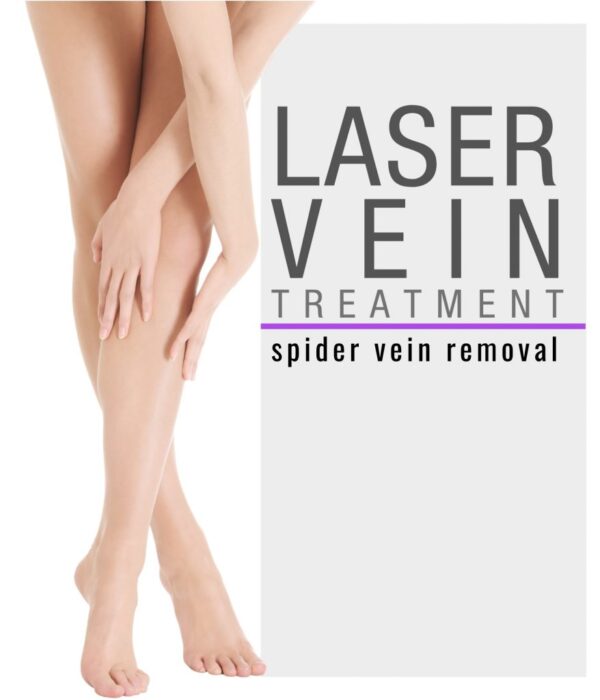
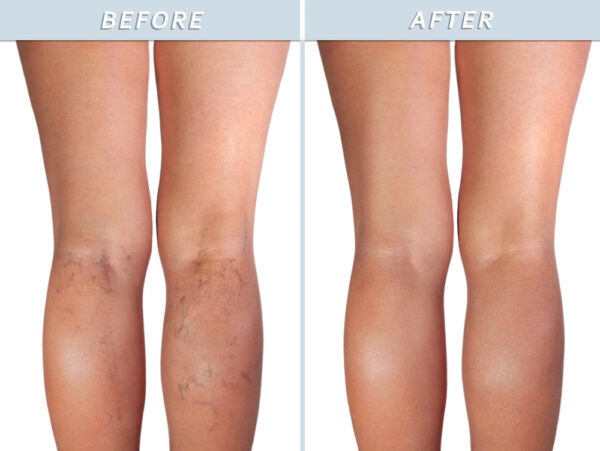
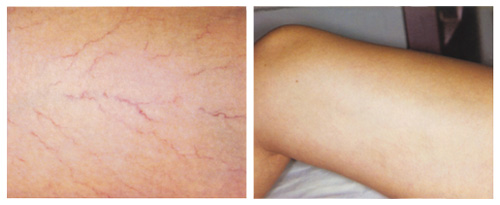
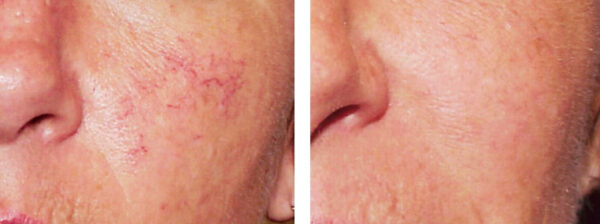
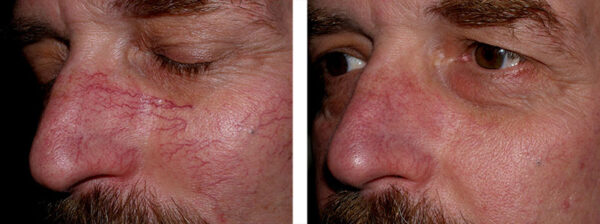
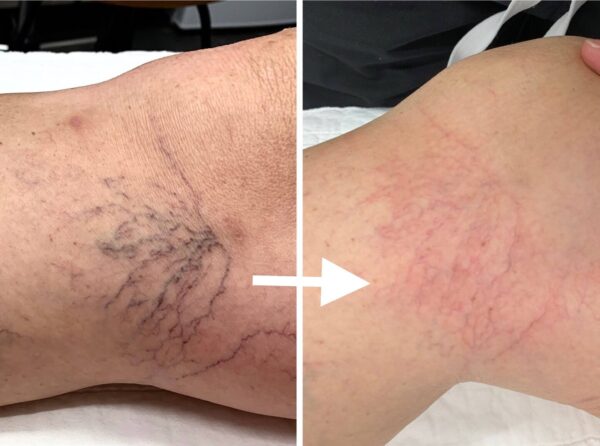
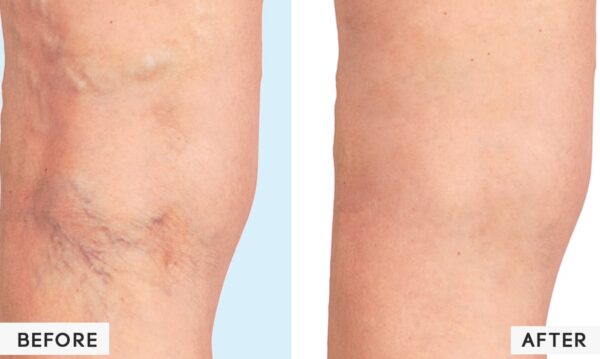
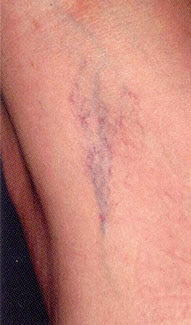
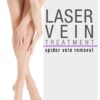
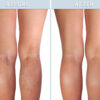
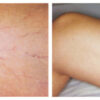
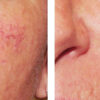
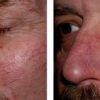
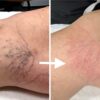
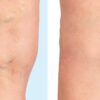
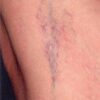

Reviews
There are no reviews yet.